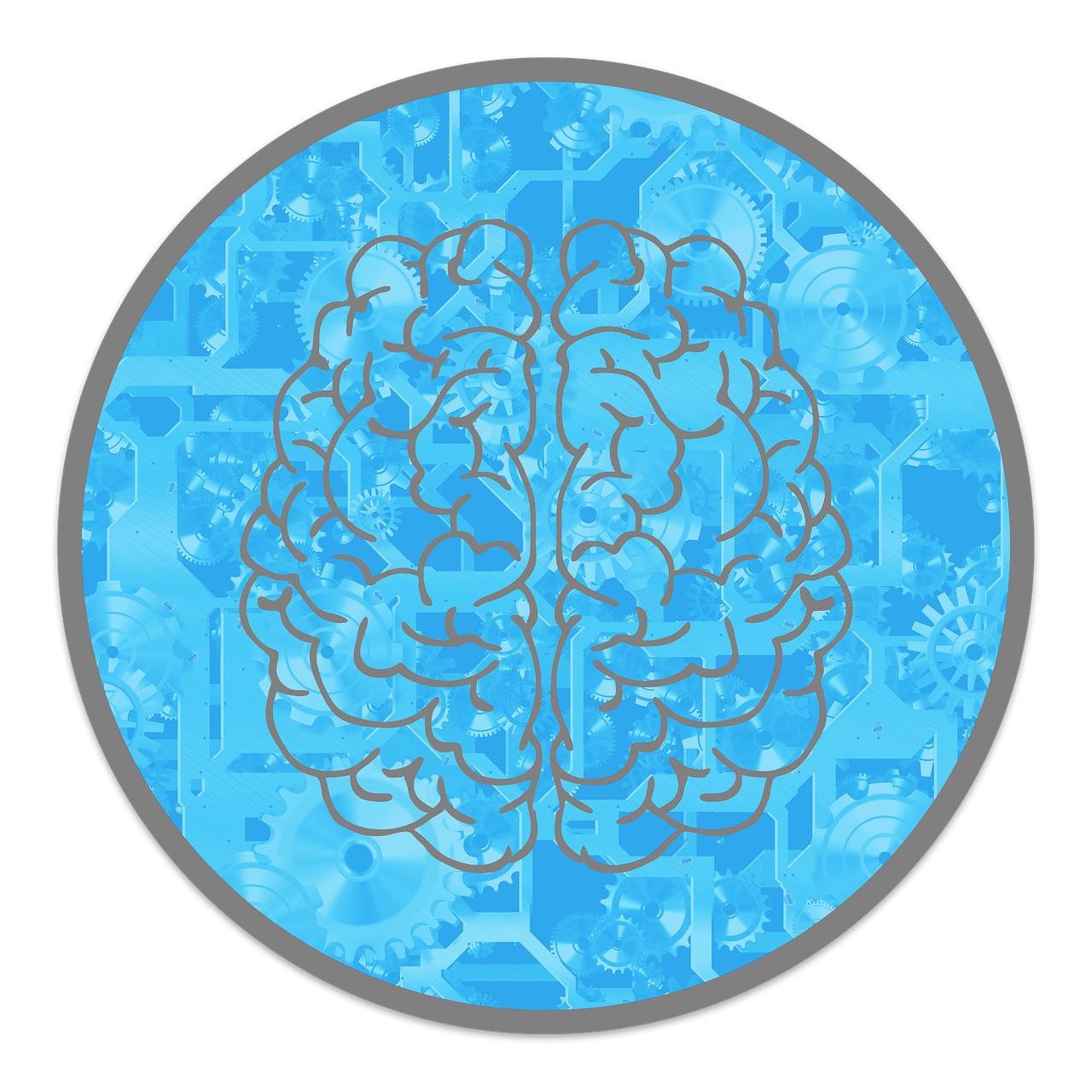
Dreaming is one of the most intriguing mysteries of the human brain.
What causes those vivid, sometimes bizarre scenarios to play out in our minds as we sleep?
Scientists have been studying dreams for decades, uncovering fascinating insights into how the brain generates dreams and why we have them.
The Stages of Sleep and Dreaming
Dreams are a fascinating part of sleep, and while they’re most common during Rapid Eye Movement (REM) sleep, they can also happen during other stages.
Let’s break it down:
Non-REM sleep
Non-REM sleep has three stages, ranging from light sleep to deep, restorative sleep.
Dreams during this phase tend to be less vivid and emotional, more like fleeting thoughts or abstract ideas.
REM sleep
This is where the magic happens!
During REM sleep, your brain is highly active—almost as if you’re awake.
Dreams during REM are often vivid, emotional, and feel like stories playing out in your mind.
Your eyes move quickly under your eyelids (hence the name), and this stage is essential for cognitive health and emotional processing.
How often does REM sleep happen?
Adults usually go through 4-6 REM cycles each night, with each cycle lasting between 10 and 60 minutes.
Interestingly, the longer you stay in REM, the more complex and detailed your dreams tend to become.

Brain Regions Involved in Dreaming
Dreaming isn’t just one part of your brain at work—it’s a complex process involving several key regions that collaborate to create those fascinating nighttime experiences.
Here’s how different parts of your brain contribute:
The brainstem
The brainstem is essential for regulating REM sleep.
It sends out signals that trigger dreaming and also temporarily paralyzes your body to keep you from acting out your dreams.
This is why you don’t physically move while dreaming, even if your mind is racing with activity.
The limbic system (your emotional center)
The limbic system, especially the amygdala, is responsible for the intense emotions you often feel in dreams.
This explains why your dreams can be so vivid and emotionally charged, whether they’re exciting, scary, or deeply moving.
The cerebral cortex
The cerebral cortex is involved in processing the sensory information that shapes your dreams.
It helps build the stories and scenes you experience while you sleep.
- Visual cortex: This area creates the visual elements of your dreams, whether it’s a surreal landscape or something more realistic.
- Association cortices: These regions combine sensory and emotional input, giving your dreams structure (or, sometimes, a wild mix of random ideas).
- Prefrontal cortex: The prefrontal cortex is responsible for logic and self-control, but it’s less active during REM sleep.

Theories of Dream Formation
Scientists have come up with several interesting theories to explain why we dream and how those dreams come about.
Here’s a breakdown of some of the main ideas:
Activation-Synthesis Hypothesis
Developed by researchers Hobson and McCarley at Harvard, this theory suggests that dreams occur when the brain is trying to make sense of random neural activity during REM sleep.
- How it works: The brainstem sends out random signals to the cortex (the outer layer of the brain), and the cortex tries to “synthesize” these signals into a coherent story.
- Example: If there’s random activity in the visual part of the brain, you might dream about flying through the sky.
Activation-Input-Modulation (AIM) model
This is a more recent update to the Activation-Synthesis Hypothesis.
The AIM model highlights how different brain regions work together during REM sleep, influencing what we dream about and the emotions we feel in those dreams.
Threat Simulation Theory (TST)
This evolutionary perspective suggests that dreams act like a virtual reality simulator, allowing us to practice how to respond to threats in a safe space.
- Example: If you dream about being chased by a predator, it may help prepare you for real-life dangers by rehearsing your reactions.
Memory Consolidation Theory
According to this theory, dreams may help organize and store our memories.
Research published in Nature Reviews Neuroscience indicates that REM sleep boosts memory consolidation, linking our dreams to the processing of recent experiences.
So, when you dream, your brain might be sorting through the day’s events.
Continual-Activation Theory
This theory suggests that dreams are simply a byproduct of the brain’s ongoing need to process and store information.
Even while we sleep, our brains stay active, generating dreams as part of this continuous activity.

Factors Influencing Dream Content
Our dreams don’t come from nowhere—many factors influence the content and themes we experience during sleep.
Here’s a look at some of the key influences on our dreams:
Recent experiences and memories
Our dreams often include bits and pieces of things we’ve experienced recently.
This is known as “day residue,” and it shows how our brains work to process and make sense of what’s happened during the day.
If something’s been on your mind, you might see it play out in your dreams.
Emotions and stress
Strong emotions, especially stress and anxiety, can lead to vivid or unsettling dreams.
For example, when you’re stressed, you might dream about being late to an important meeting or feeling overwhelmed by tasks.
These dreams reflect how your mind is dealing with emotional pressure.
External stimuli
Sometimes, what’s happening in the real world while you’re sleeping can sneak into your dreams.
If a dog barks outside or you feel cold, your brain might weave those sensations into your dream story.
Medications and substances
Certain medications, like antidepressants or sleep aids, can impact your dreams, making them more frequent or intense.
On the flip side, substances like alcohol or caffeine can interfere with sleep stages and affect how or whether you dream.

Final Thoughts
Dreaming is a remarkable process that blends science, emotion, and mystery.
While we don’t have all the answers yet, research continues to uncover fascinating insights into how and why the brain generates dreams.
Understanding the stages of sleep, brain regions involved, and factors influencing dreams can deepen your appreciation for this nightly phenomenon.
So the next time you wake up from a vivid dream, take a moment to marvel at the intricate workings of your brain!


